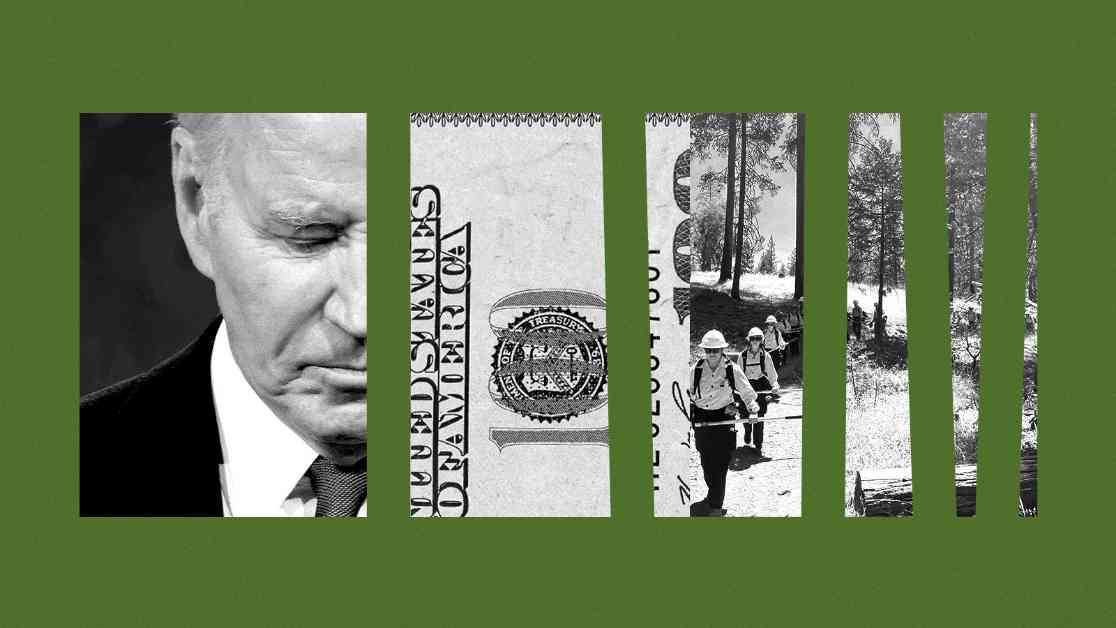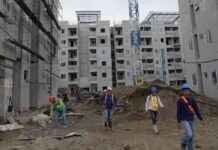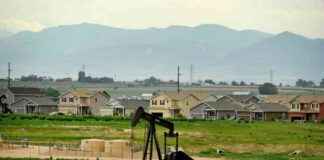Understanding the American Climate Corps and its Impact: A Comprehensive Overview
In the heart of California, Giorgio Zampaglione found solace in his daily commute through the lush northern forests last summer. The dappled light filtering through the trees on his drive from Mount Shasta was a sight to behold. Working alongside his crew, part of the Forest Corps program, Zampaglione ventured deep into the woods to thin trees and clear brush, all in an effort to prevent the spread of fires by eliminating the flammable manzanita shrubs near campsites and roads.
The Rise and Fall of the American Climate Corps
Zampaglione, a 27-year-old with a background in environmental analysis, sought a more hands-on experience and found his calling with the American Climate Corps. This initiative, spearheaded by President Joe Biden, aimed to engage young individuals in roles that combat climate change and bolster community resilience against natural disasters. However, with the impending transition of power to President-elect Donald Trump, the program has quietly begun its phase-out. Dana Fisher, a climate service projects expert, notes the closure of the Climate Corps due to changing political tides.
As a precautionary measure, the initiative is winding down to avoid potential scrutiny under the new administration. Republican opposition to the Climate Corps has been staunch, viewing it as a wasteful government program. Despite the imminent closure, thousands of program members nationwide will continue their work, thanks to diverse funding sources across nonprofits, state, and local governments.
The Evolving Landscape of Climate Service Programs
The American Climate Corps was envisioned as a modern-day incarnation of the New Deal’s Civilian Conservation Corps, aimed at employing youth in environmental conservation efforts. While the initiative failed to secure substantial congressional funding, it managed to rally support and draw attention to climate-related service work. The program’s impact transcended mere job creation, with members contributing to tangible environmental improvements such as energy-efficient upgrades and community education initiatives.
Challenges and Prospects Ahead
Moving forward, the fate of state-level climate corps programs remains uncertain, given the shifting political climate. With federal funding sources dwindling, state initiatives face financial challenges that may impact their sustainability. Despite the setbacks, the need for climate-focused service programs remains critical as communities brace for escalating climate-related challenges.
In the face of political turbulence, the resilience and dedication of climate corps members stand as a testament to the enduring commitment to environmental stewardship. As the landscape of climate initiatives evolves, the spirit of service remains unwavering, poised to confront the pressing environmental challenges of our time.














